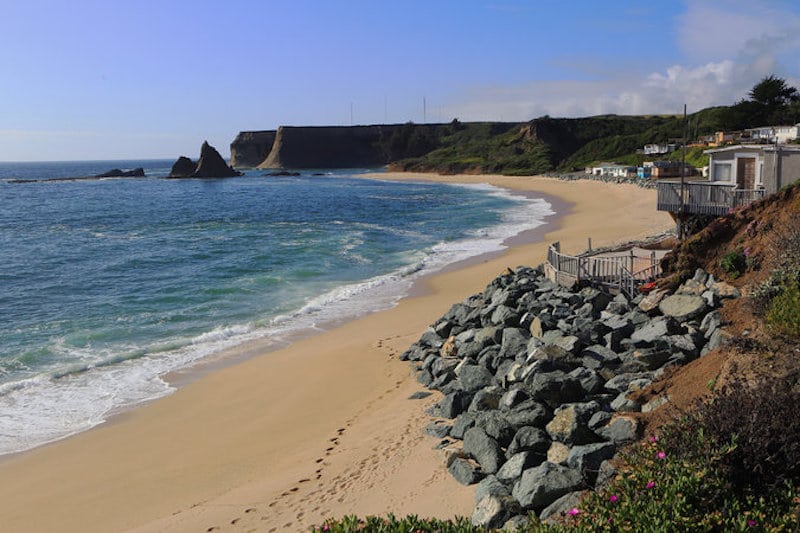But why bother? It's not that hard to hook a laptop up to your flat screen…
The Eddie has a greenlight for Thursday! Or Friday, if you’re one of the unfortunate souls trapped on that treacherous hunk of upside-down rock known as Australia.
Of course, we all know that means nothing, other than tons of exposure for a floundering surf empire. The Bay calls the day, and all that. And the forecast shows there’s a very good chance it’ll be too big. Maybe Friday?
One thing’s for sure, I am super fucking glad I don’t live on the North Shore anymore. After Monday’s closure of a 12 mile stretch of Kam Highway, which allowed in residents but was still a total mess thanks to redirected tourist traffic, things must be getting pretty damn frustrating.
Yeah, life on NS is great, but most people gotta head towards Town to make enough to live, and even if your employer is cool enough to let you skip a shift rather than sit in your car for ten hours to and from, he probably ain’t gonna pay you for the day. And it’s hand to mouth for nearly everyone.
Following the rather disingenuous announcement that the event will run tomorrow, maybe, it’s guaranteed that same stretch of coast will turn into a parking lot beginning sometime tonight, continuing into the weekend.
If you live East of Waimea, best to treat it like a natural disaster, head to Mililani ASAP, stock up at Costco, and ride the ordeal with a well stocked larder. Beyond being a total rip off, Foodland is going to be packed. And their poke fucking sucks, I don’t care what anyone else says.
I guess you could go the long way ’round through Kahuku, if you feel like making the longest drive trip possible on the island without passing through Nanakuli.
Second, it’s not that great of an event in person. It’s cool to say you went, but unless you’ve got the hook-up for the house on the point, or a pair of crazy eagle eyes, you’re really just watching tiny specks draw white lines a mile out to sea. The webcast is where it’s at.
I made the 14-mile round-trip bike ride from my pad in Waialua to Waimea for 2009’s event. Learned two things. First, I do not have the right muscles to ride a rusty beach cruiser that far. Was walking bow-legged for a week, felt like I’d played bottom bitch on an episode of Oz.
Second, it’s not that great of an event in person. It’s cool to say you went, but unless you’ve got the hook-up for the house on the point, or a pair of crazy eagle eyes, you’re really just watching tiny specks draw white lines a mile out to sea. The webcast is where it’s at.
Or the CBS Sports Network, a premium pay channel dumping ground for the obscure or unimportant.
I don’t know why they even bother, it’s not that hard to hook a laptop up to your flat screen.







